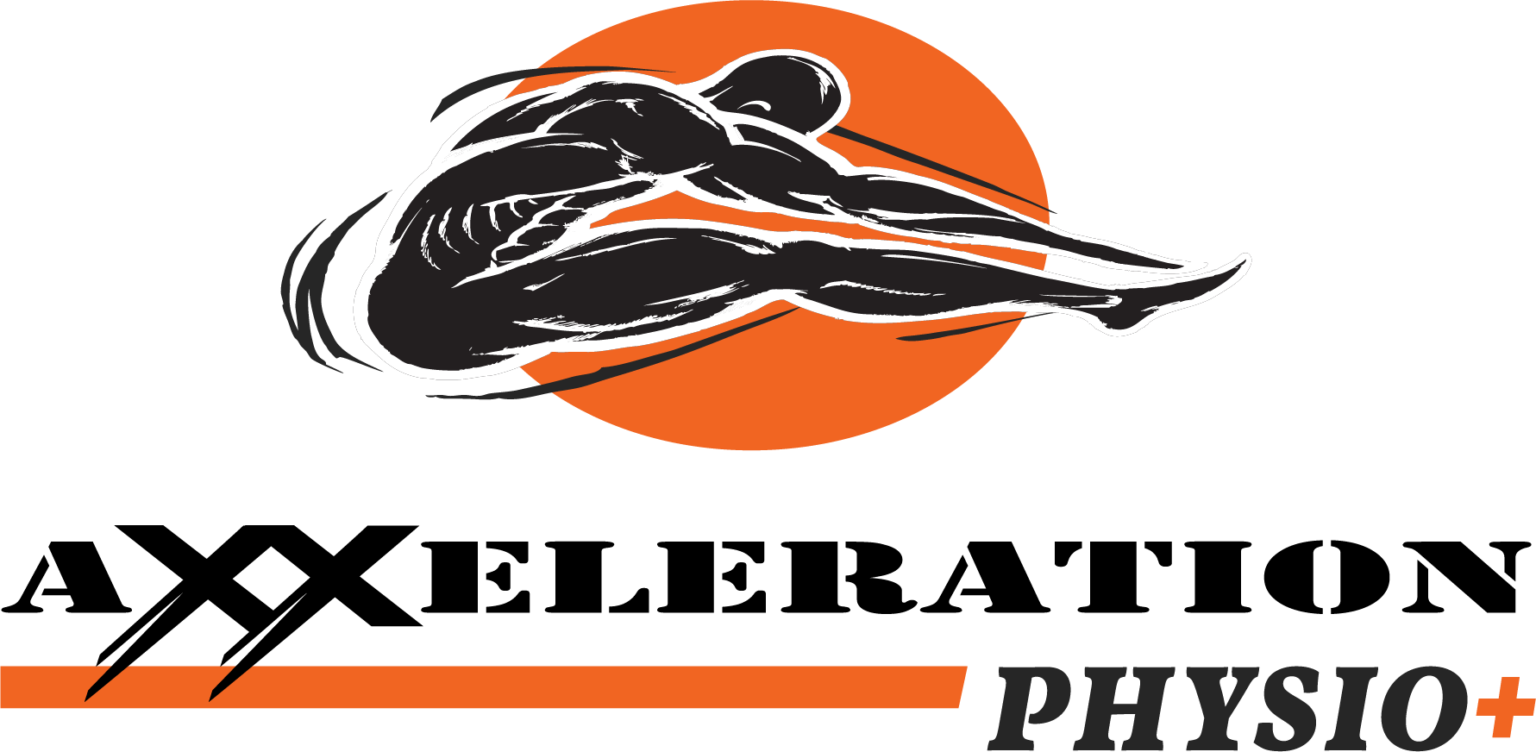In modern sports, serious athletes are willing to go to the next degree to improve their physical performance to gain an edge of just 1%. At Axxeleration Physio+, we believe that cognitive abilities and mental skills training are key components to reaching the next level. It’s not simply being strong physically but being strong mentally that leads to success. This feature will introduce how we leverage NeuroTracker to push the limits of sports performance and benefit non-athletes.
Going ‘All In’
Our goal is to try to help as many individuals as we can, and the philosophy we try to instill in our clients is developing the mentality of being “all in” while working on their mental training to really reap the benefits. We always ask, ‘Where do you want take your current skills?’, and we figure out the best plan for the individual in question.
With the tools available today, everyone has the potential to actualize their potential cognitively. We are aware of a handful of selected neurotechnologies like Fit Light, Visual Edge, Dynavision, Mendi, but the core of our assessment and conditioning is centered around NeuroTracker. We’ve believed in this tool for years and really see all the benefits it has to offer.
Training Athletic Performance
Our work has been focused on athletes and student-athletes. In particular, we work with a lot of players in team sports, partly due to their popularity, but largely because of their cognitive and mental demands on vision, situational awareness and complex decision-making.
Surprisingly, we see impressive differences from one athlete to the next through their NeuroTracker baselines. These scores are measured in Speed Thresholds, so from the scores of each session we get a nice marker to see where an individual is at cognitively. This also helps us determine the optimal training program moving forward.
For example, we sometimes have athletes whose scores are under 1.0 speed – which is the equivalent of tracking multiple objects moving at less than 68cm/second. At the other end of the spectrum, players can consistently achieve around 3.0 speed, which is a significant difference.
Pushing the Comfort Zone
Once an athlete has reached a certain level, we adjust the program to include progressively more complex dual-tasks while completing a NeuroTracker session. For instance, for a hockey player, we start with standing and introducing them to holding their stick and just being in position. It’s significantly more difficult at first, but they adapt quickly. Then we get more technical with drills like stick handling without looking at the puck.
NeuroTracker combined with Optic Flow training
For basketball players, we like to integrate skills like dribbling, jab steps, and triple threat positions. However, this methodology is flexible, so we might use a purely perceptual-task like Optic Flow to train motion processing skills needed in fast-paced competition. Or alternatively, we can add a physical component like strength work which can increase resilience to the cognitive effects of physical stress.
Whatever the approach, the focus is always on taking each athlete outside of their comfort zone. This is the main design of NeuroTracker even without dual tasks, Optic Flow, or sport specific training programs. In fact, some athletes just get obsessed with their chart and stay focused on raising their speed thresholds as high as possible. If NeuroTracker can train our users’ competitivity, we are not against that!
Alternative Sports Rehab
With the pressures of today’s ultra-competitive sports, injuries are inevitable. At the outset of a prolonged injury, an athlete worries about the loss of physical fitness and muscle atrophy. However, the main concern remains game sharpness and readiness. Although, with the recent breakthrough in cognitive training, this is exactly where mental training should be implemented into a athletes’ rehabilitation. Mental training can make a huge difference overtime.
Additionally, there are athletes struggling with the after-effects of concussions. They’ve been through all their rehab with osteopaths, physios and so on in hope to be cleared for return-to-play. Once they are clear to return, most of them feel like they’re still not where they used to be. It takes them much more time to process information, they’re lacking confidence, and generally they just feel desperate to get back to where they were.
With these athletes we start very low, with just one ball tracking for four seconds (1T 4S), then when ready, we move to two targets for six seconds (2T 6S), and upwards until they are getting decent speed thresholds at 4 targets tracking over 8 seconds.
Beyond Sports
We’re very interested in the benefits of cognitive training for non-athletes. One population we are currently working with is with older adults and the elderly. Both populations feel like they are less able to do what they used to do in their day-to-day activities, such as driving or just reading speed.
The challenge here is that cognitive decline typically continues to progress with age. More so if the effects lead to being less active and the brain is just getting less overall stimulation. Since several research studies have solidified the benefits of NeuroTracker in measuring and improving driving skills for older populations, we feel like there is a lot to offer.









